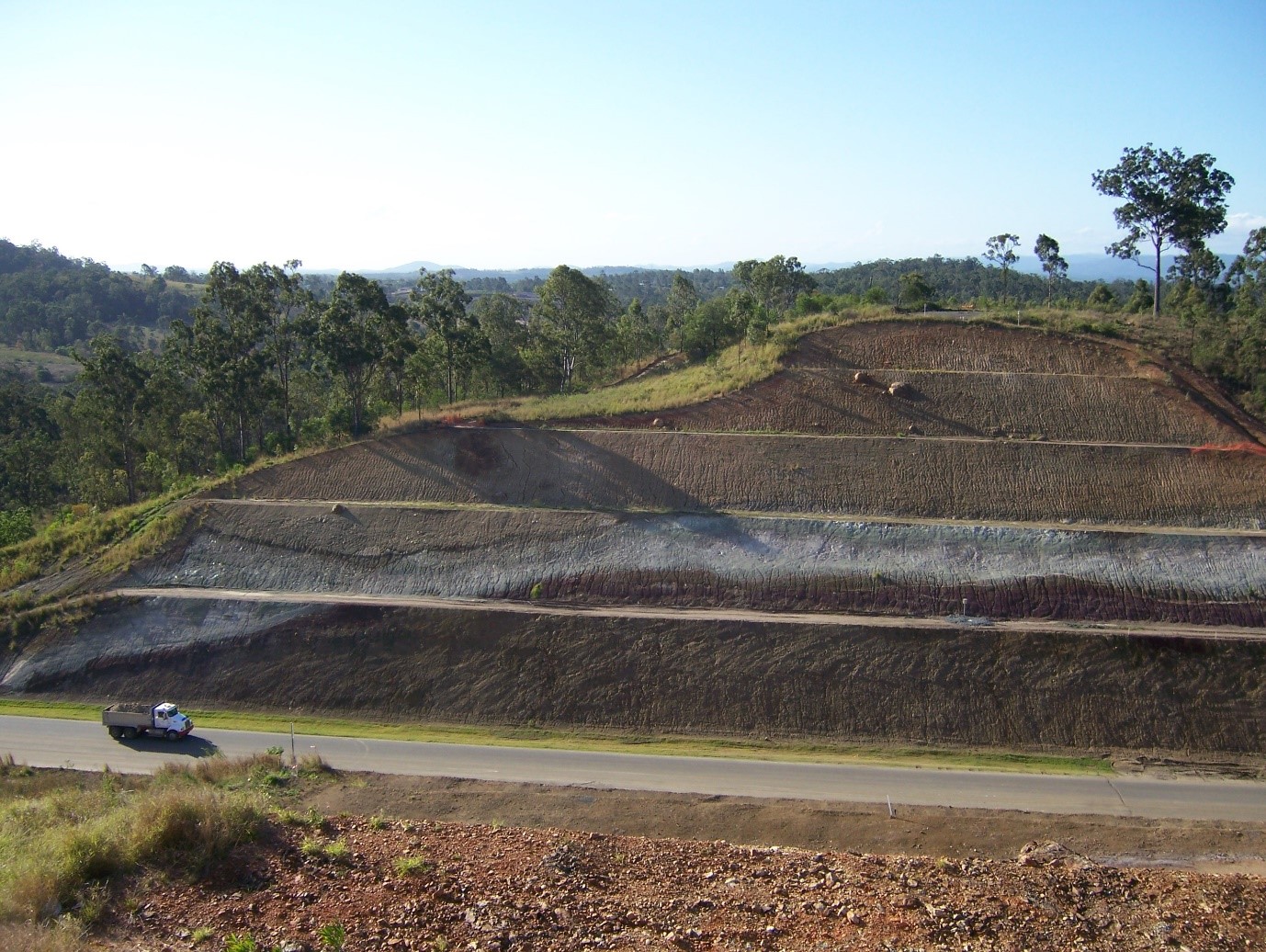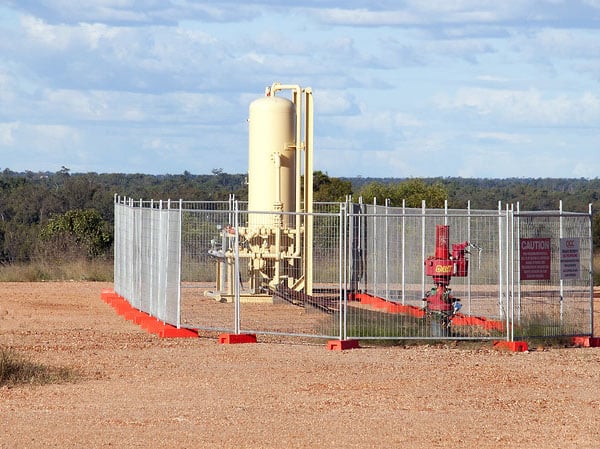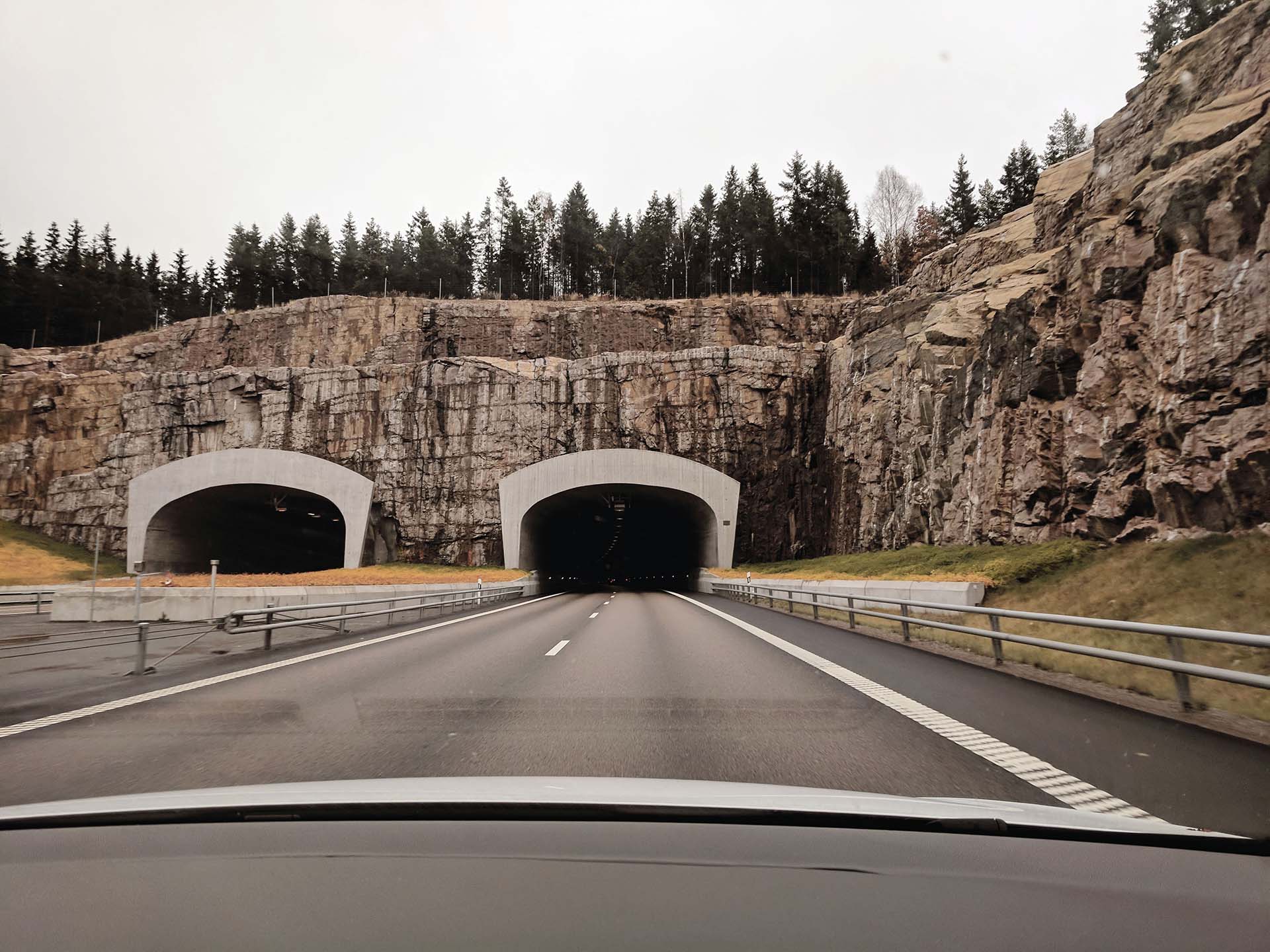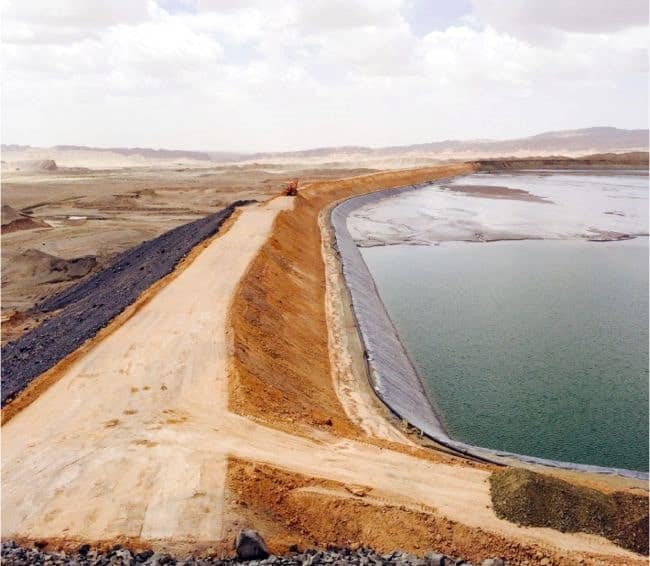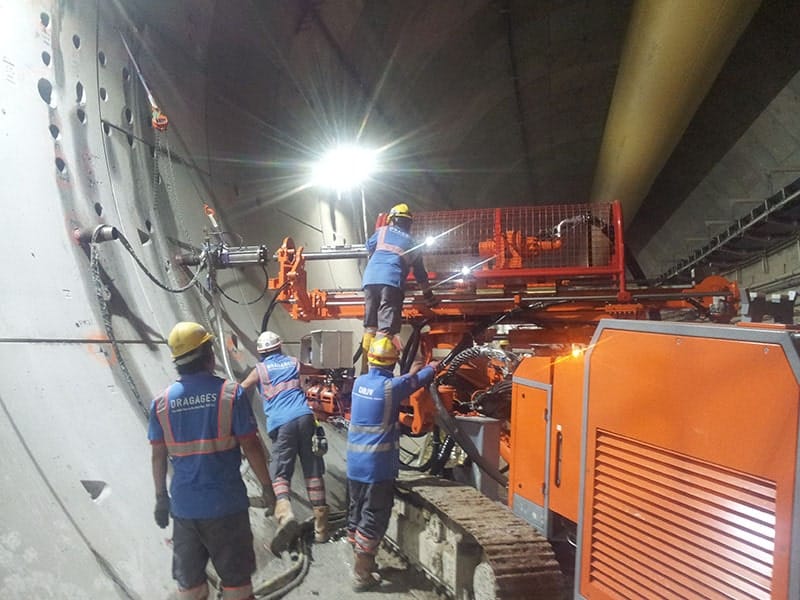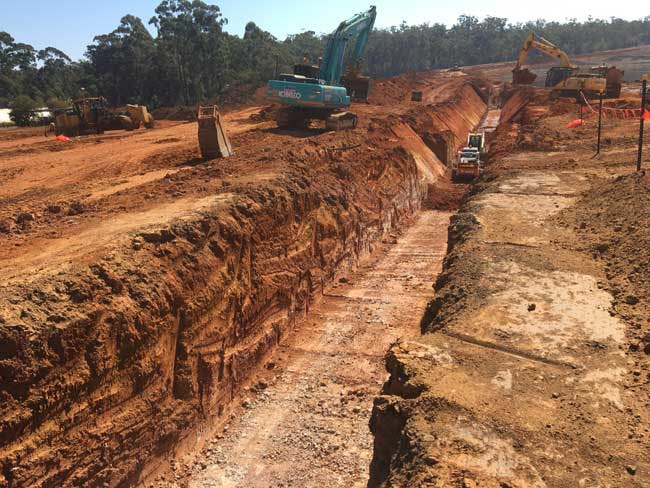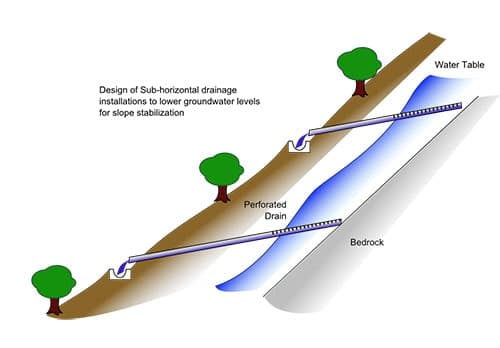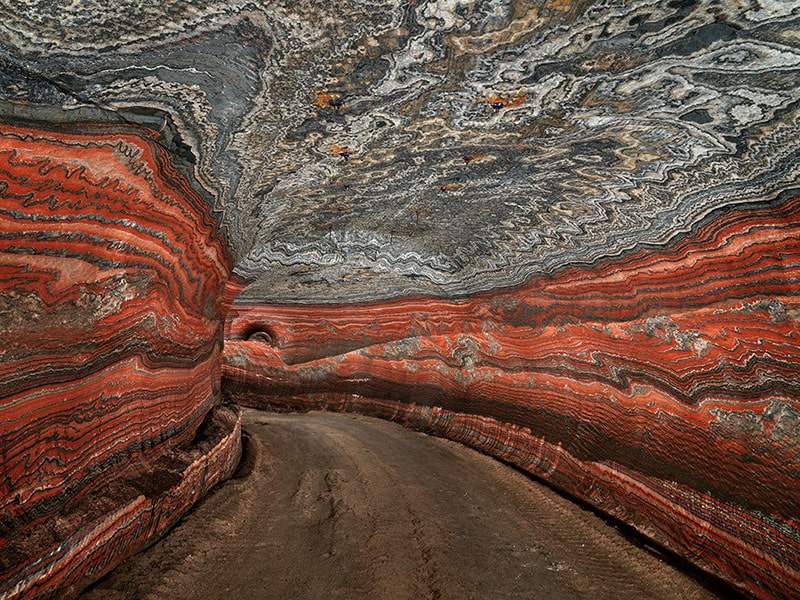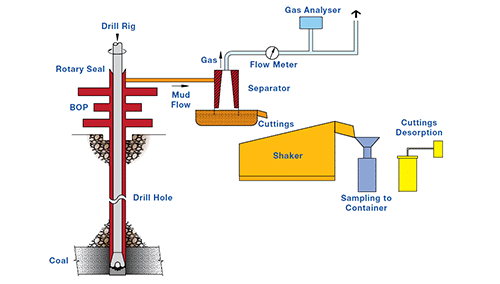The failure may be rapid, in which case the job is to make the area safe, if appropriate provide temporary support works, and then work out how to fix matters in the longer term. An example of such a failure is shown in Figure 1. This involves a failure at the corner of a block of flats in Hong Kong. This required temporary works to preserve the structure and more permanent work for the longer term. Permanent works in this case involved a retaining wall constructed with bored piers socketed into rock.

The failure may also be a slow process of movement, which while not as catastrophic, can be challenging to stop. One of the processes to slow, and possibly stop slope movement, is to reduce fluid pressures within the slope by drainage. This can in many cases be undertaken economically by the use of horizontal drains. Sigra has expertise in the hydraulic design of drains so that they perform most effectively. The company also has expertise in multiple forms of drilling systems to suit the ground conditions. Other drilling based processes which may be effective are those of rock bolting or soil nailing. In other cases, the only way to control the movement is to reduce the unbalanced driving force by cutting the slope back or by supporting its toe.
Obtaining an optimal solution to a slope requires the identification of those areas of the slope where remedial work is likely to be most effective.
Landslide at Cut 3 & Cut 4, Package B – South West Corridor (Centenary Highway Extension) Redbank Plains
In 2008, Sigra was approached by the Department of Transport and Main Roads, Queensland, to provide assistance in solving the problem of two large, moving cut slopes. The slopes had been studied extensively but continued to move at 1 mm per day in dry conditions and 3 mm per day in wet conditions. This movement was destroying the pavement of a newly constructed road.
Sigra provided geological services to help understand the complex geology of the site and then proceeded to undertake groundwater field testing using well tests, with multiple piezometric monitoring points, followed by analysis. Sigra implemented a drainage strategy with fully automated control and monitoring using in-house data acquisition and control systems. Part of the analysis was a model that could, by analysing piezometric trends, enable the areas of water ingress and loss from the slope to be determined. This could be done in real time using Sigra’s data acquisition system.
Figure 2 shows one of the problem cut slopes on the Centenary Highway extension. This had continuing movement that was slowed dramatically by drainage.
